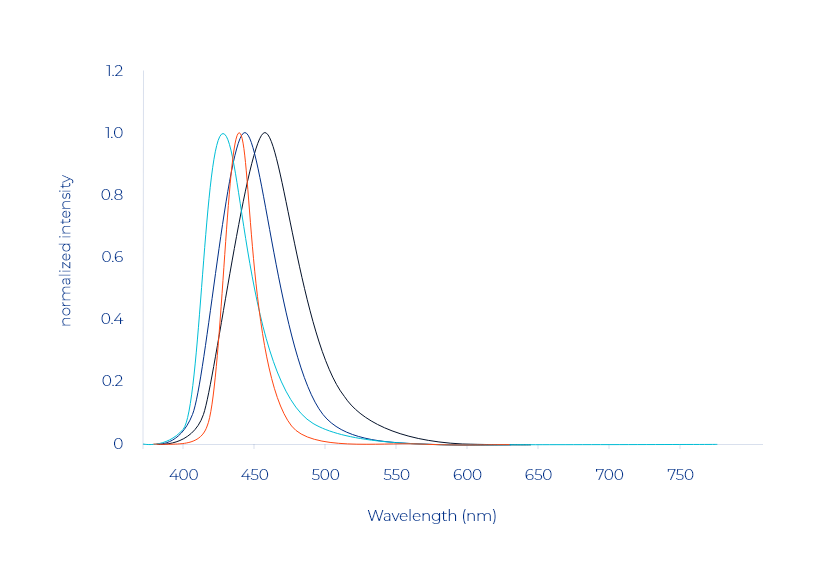Completely different to everybody else, we at beeOLED designed the emitter around a single atom. All the light generation happens inside this one atom. No chemical bond is involved. So it's fundamentally impossible to break anything here. At the same time, the light generation of our atom is 100% efficient. Therefore, this really is the holy grail of OLED: a highly efficient blue emitter with nearly unlimited stability potential.

Leveraging the latest advances in Europium chemistry, and by using innovative organic ligands, beeOLED developed a series of highly stabilized blue Eu(II) complexes that are sufficiently air-stable, have nearly unity photoluminescence quantum yield (PLQY) and are subliming without any decomposition. The fundamental concept revolves around a right combination of specific anions and ligands and allows for tuning the emitter colour and energy levels to fit into relevant OLED hosts.

continue reading